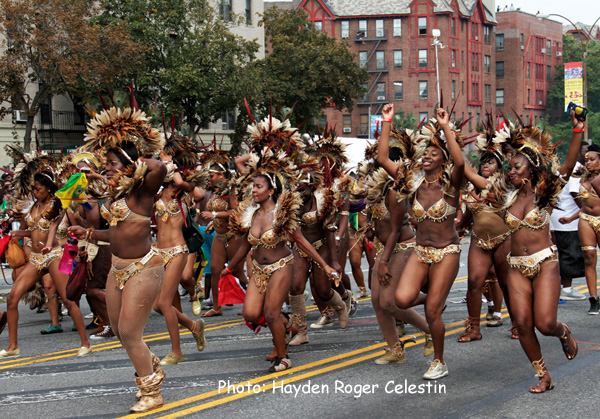By NAN Staff Writer
News Americas, NEW YORK, NY, Weds. June 7, 2023: Caribbean immigrants generally have a higher median age compared to both the foreign-born and U.S.-born populations according to the 2019 Census Data analyzed and the Migration Policy Center.
In 2019, the median age of Caribbean immigrants was approximately 50, while it was 46 for the overall foreign-born population and 37 for the U.S.-born population.
A significant majority (73%) of Caribbean immigrants were of working age (18 to 64 years old), which was slightly lower than the overall immigrant population (78%) but higher than the native-born population (59%).
Among specific Caribbean groups, a substantial proportion of immigrants from the Dominican Republic (77%), Haiti (76%), Trinidad and Tobago, and Jamaica (75% each) were of working age, whereas around 28% of Cuban immigrants were seniors (ages 65 and older).
EDUCATION
Regarding educational attainment, Caribbean immigrant adults (ages 25 and older) were more likely to have graduated from high school compared to the overall foreign-born population. In comparison, 26% of all immigrants and 8% of U.S.-born adults did not complete high school.
Approximately 22% of Caribbean immigrants held a bachelor’s degree or higher. Notably, immigrants from Trinidad and Tobago (28%) and Jamaica (27%) had relatively higher rates of bachelor’s degree attainment, while around 31% of immigrants from the Dominican Republic did not graduate from high school.
In terms of higher education, around 11,200 Caribbean students were enrolled in U.S. higher educational institutions during the 2020-21 school year, comprising approximately 1% of all international students in the United States. Jamaica (2,700), the Bahamas (2,300), and the Dominican Republic (1,200) were the top origin countries for Caribbean international students.

WORK FORCE
Caribbean immigrants exhibit a similar labor force participation rate as the overall foreign-born population and a higher rate than the U.S. born. In 2019, approximately 67% of Caribbean immigrants and the overall immigrant population aged 16 and over were part of the civilian labor force, compared to 62% of the U.S. born.
When it comes to employment sectors, Caribbean immigrants are more likely to be engaged in service occupations and production, transportation, and material moving occupations compared to the other two groups. Immigrants from Trinidad and Tobago were primarily employed in management, business, science, and arts occupations (41%), while those from Haiti (38%) and the Dominican Republic (32%) were more likely to work in service occupations.
INCOME
In terms of income and poverty, Caribbean immigrants had a median household income of $52,000. Among the largest Caribbean populations in the United States, households headed by immigrants from Trinidad and Tobago had the highest median income ($67,000), followed by Jamaica ($62,000), while those from the Dominican Republic had the lowest median income ($44,000).
INSURANCE
Caribbean immigrants have a higher likelihood of having health insurance compared to the overall foreign-born population, according to US Census data and the Migration Policy Center.
Among the major Caribbean immigrant groups, individuals from Trinidad and Tobago had the lowest uninsured rate at 10 percent in 2019, while those from Cuba and Haiti had the highest rates at 18 percent and 17 percent, respectively.
YOU MAY ALSO LIKE: Where Are Caribbean Immigrants Located In USA?
How many Caribbean immigrants are estimated to be in the US?
White House Again Proclaims June Caribbean American Heritage Month










